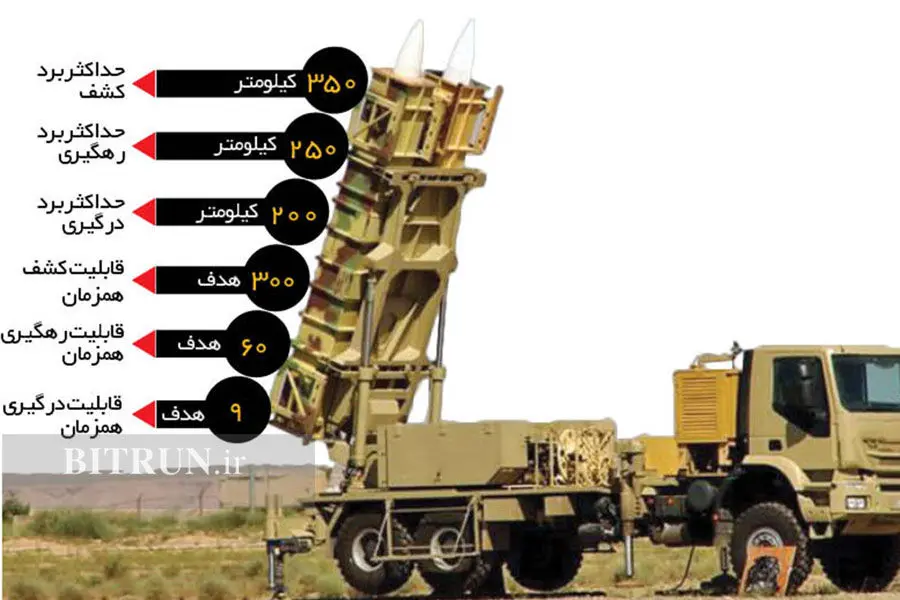
Title: Russia’s Advanced Krasukha System in Iran – A Strategic Boost for Regional Defense
Iran’s Defense Capabilities Strengthened with Russian Krasukha System
Reports from Defense Security Asia confirm the presence of Russia’s cutting-edge Krasukha electronic warfare system in Iran, marking a significant advancement in Iran’s defense technology. This state-of-the-art system, operational in the Russian military since 2014, is designed to disrupt radar, satellite communications, and intelligence-gathering sensors—posing a formidable challenge to adversarial aerial operations.
A Game-Changer for Iran’s Electronic Warfare
The integration of Krasukha into Iran’s defense network is expected to narrow the technological gap with regional rivals, particularly in countering advanced surveillance and strike capabilities. Analysts highlight its potential to neutralize threats from Israeli fighter jets and drones, reinforcing Iran’s strategic deterrence.
Key Features of the Krasukha-4 System
- Manufacturer: KRET (Russia)
- Model: 1RL257E – Krasukha-4
- Function: Disrupts airborne radars, satellite links, and ISR sensors
- Operational Range: 150–300 km
- Advantages: Jams enemy communications, degrades situational awareness, and counters drone operations
Regional Security Implications
Challenges for Israel
The Krasukha system could complicate Israeli aerial missions, including those involving Hermes and Heron drones, as well as reconnaissance aircraft like the G550. Israel may need to deploy advanced counter-electronic measures to mitigate its impact.
Impact on U.S. and Gulf Operations
American AWACS aircraft, refueling tankers, and drones operating in the Persian Gulf and Strait of Hormuz may face increased operational risks. The system’s jamming capabilities could raise mission costs and reduce precision, prompting potential upgrades in allied electronic warfare tactics.
Strategic Significance for Iran
Iran’s acquisition of Krasukha underscores its commitment to bolstering national defense amid evolving regional threats. By enhancing its electronic warfare arsenal, Iran aims to safeguard its airspace while reshaping regional security dynamics.
This development signals a new phase in defense cooperation between Iran and Russia, with broader implications for military balances in the Middle East. Regional actors must now adapt to an increasingly complex electronic warfare landscape.